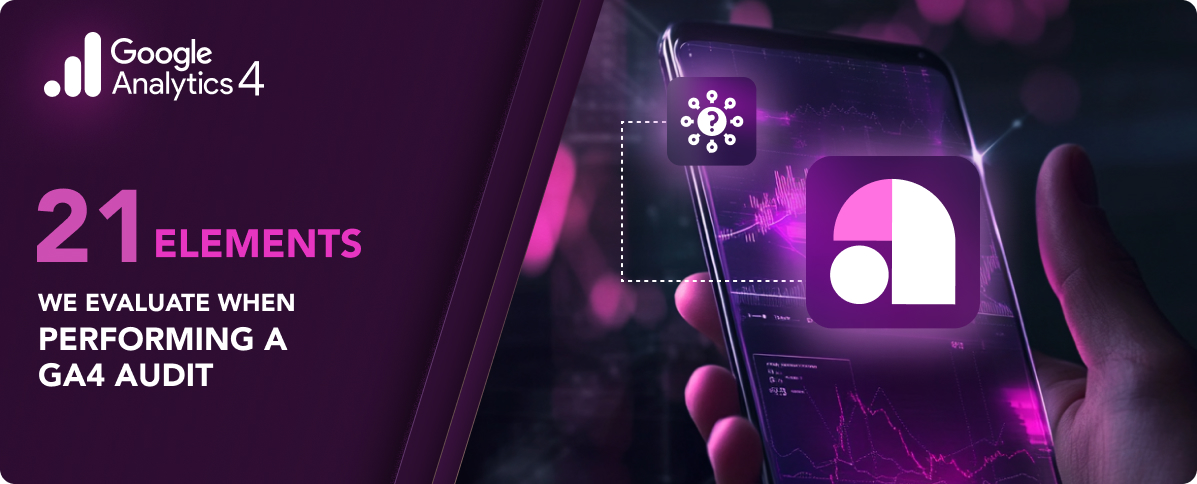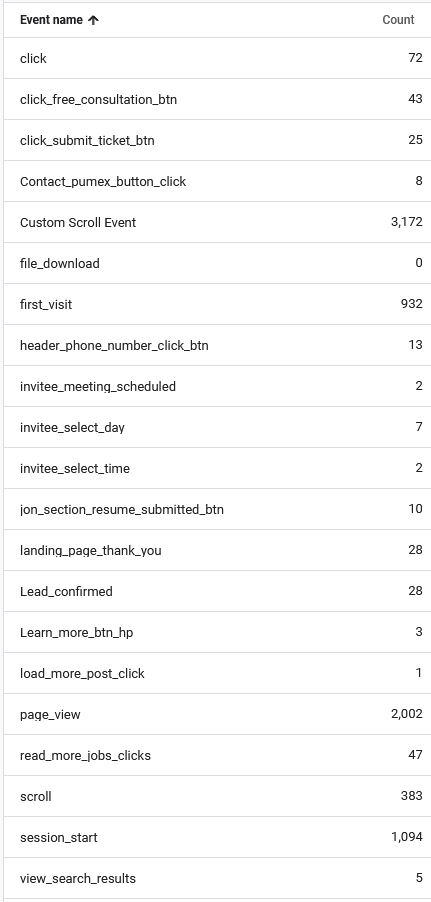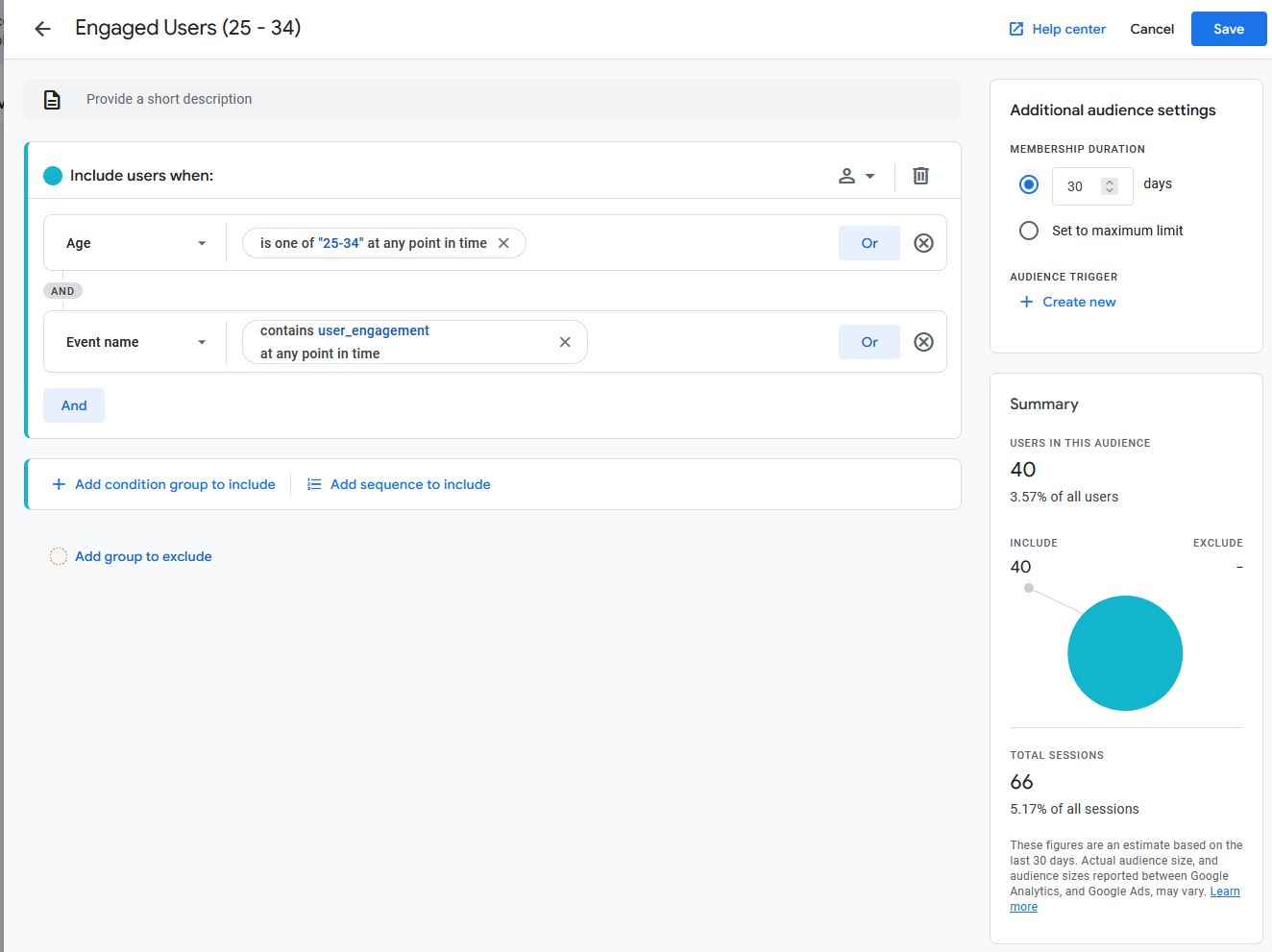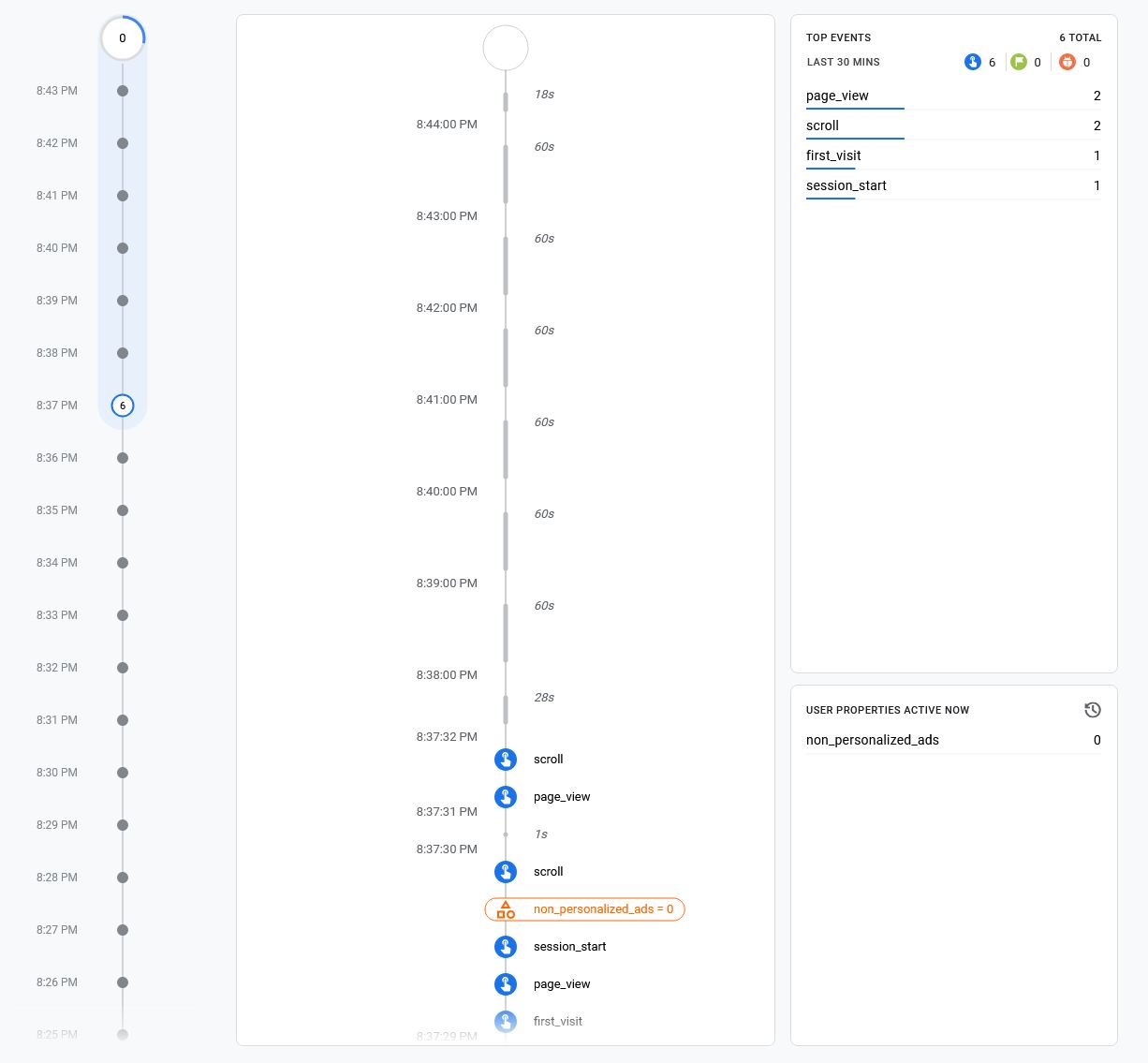TRENDING BLOGS

The Evolution of AI in Recruitment

Pedro Rodriguez
How Next-Gen AI-Powered Interviews Are Changing Hiring for the Better AI-powered recruitment software is redefining the way enterprise…
Read More

Artificial Intelligence in Business Analytics

Chris Bourne
Artificial intelligence (AI) seems like it’s everywhere you look these days: Your favorite email client wants to write…
Read More

Embracing Low-Code AMS: The Future of Association Management

Chris Bourne
In today’s fast-paced digital landscape, associations and member organizations are under pressure to find approaches that are more…
Read More

21 Elements We Evaluate When Performing a GA4…

Chris Bourne
Google Analytics 4 (GA4) is an incredibly powerful analytics platform: it builds on Google’s already-sound foundation (Universal Analytics)…
Read More

User Explorer in GA4: Exploring the Basics

Chris Bourne
Web analytics are incredibly powerful: they can reveal stunning amounts of information about your audience, its behavior, how…
Read More
Schedule a Consultation
Pumex is dedicated to getting the job done right, the first time. This commitment to excellence is evidenced by a 95% on-time, in budget, and at or above quality expectations track record.















































